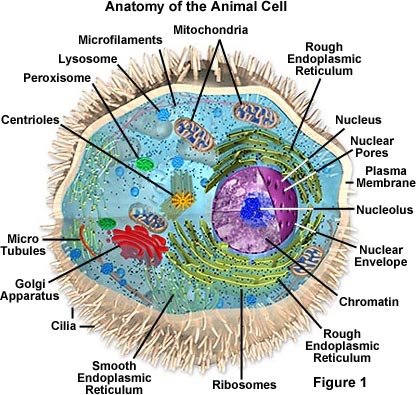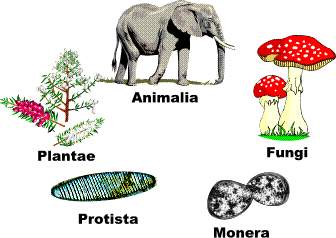* It helps to control eating breathing like things
* Many cells have one nucleus and some have many
* Usually it has a Globular shape
* In animal Cells it is in the middle but in plant cells it is shifted to a side
* All cells do not have nucleus
* Only eukaryotic cells having it that is why it it is call as Nucleus cells
* Cell nucleus can divide in to two by its own.
* Nucleus division occur when Cell division occur let's discuss it under Cell division
* Parts of a nucleus
- Nucleus Membrane
- Nucleolus
- Chromatin
Nucleus membrane around the nucleus protects the nucleus from mechanical and other injuries.
2 parts of it
inner membrane
outer membrane
Chromatin
Chromatin contains Protein,RNA and DNA which controls the functions of the Cell.
Nucleolus
RNA and protein makes the Nucleolus it is inside the nucleus
.
*Apart from above parts nucleus plasma fills whole nucleus.







